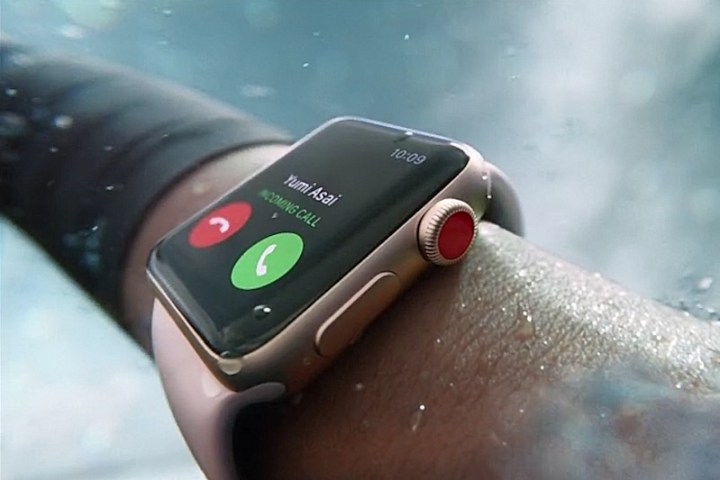
Wearables’ market growth is slowing down, according to the International Data Corporation (IDC). Worldwide shipments of wearable devices grew 1.2 percent overall during the first quarter of 2018, with shipments reaching 25.1 million units. Even with slow growth, the report shows consumers are leaning more toward smarter wearables while leaving the basic devices behind.
But what’s the difference between “basic” and “smart” wearables? IDC defines smart wearables as devices that are capable of running third-party apps. Devices that can’t run those apps are known as basic wearables. Basic wearables, specifically, saw a decline of 9.2 percent in shipments while higher-priced smart wearables — such as those from Apple and Fitbit — grew by 28.4 percent.
Aside from watches and wristbands — which accounted for 95 percent of shipments during the first quarter — clothing that includes sensors grew 58.6 percent year-over-year. While this mainly includes step-counting shoes, brands that offer “smart” shirts, shorts, and other clothing with fitness trackers also continues to grow.
Of the top five wearable companies in the first quarter, Apple took the top spot. The company’s shipments grew 13.5 percent over the previous year, following the release of its Apple Watch Series 3, which features a built-in eSIM for a cellular connection. In comparison to this time last year, Apple managed to increase its share from 14.3 percent to 16.1 percent.
In second place is smartphone brand Xiaomi with a 14.8 percent share of unit shipments. The brand has the lowest average selling price of the five companies and is far more popular in the Chinese market.
Even though Fitbit saw a decline of 28.1 percent, the company still managed to rank third for the quarter. Since the launch of the Fitbit Versa in April, the company has shipped more than 1 million devices. In addition to being a wearable that’s more stylish and affordable than competitors, the Versa also offers more female health tracking, which has already attracted more than 2 million users following its release in May.
Huawei took the fourth spot, posting an increase in market share since last year — the brand went from 2.1 percent during the first quarter of 2017 to 5.2 percent for the same period this year. Even though the company is primarily popular in Asia, its wide variety of products — ranging from smartwatches to fitness trackers, kids’ watches and more — have allowed the company to more than double its share.
To round out the list is Garmin, which didn’t see a huge increase since last year, coming in at 5 percent, compared to a 4.6 percent share a year ago. While the company hasn’t been quick to add new features to its wearables, its latest Garmin Forerunner 645 includes contactless payments (Garmin Pay) and its first-ever native music compatibility.

